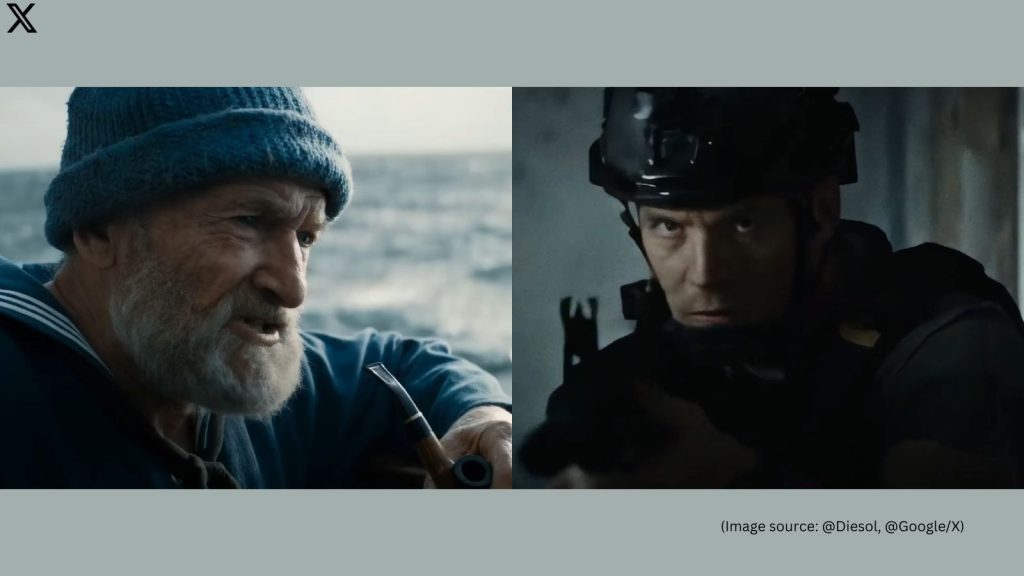Google used thousands of YouTube videos to train its latest Gemini and Veo 3 models, even as most creators remain unaware of their content being used for AI training purposes.
Veo 3 is the tech giant’s most advanced AI video generation model that was unveiled at this year’s I/O developer conference. It is capable of generating realistic, cinematic-level videos with complete sound and even dialogue. And Google leveraged a subset of the 20-billion catalogue of YouTube videos to train these cutting-edge AI tools, according to a report by CNBC.
While it is unclear which of the 20 billion videos on YouTube were used for AI training, Google said that it honours agreements with creators and media companies.
“We’ve always used YouTube content to make our products better, and this hasn’t changed with the advent of AI. We also recognize the need for guardrails, which is why we’ve invested in robust protections that allow creators to protect their image and likeness in the AI era — something we’re committed to continuing.” a company spokesperson was quoted as saying.
Creators have the option to block companies like Amazon, Nvidia, and Apple from using their content for AI training. But they do not have the choice to opt out when it comes to Google. While YouTube has previously shared all of this information, many creators and media organisations are yet to fully understand that Google is allowed to train its AI models on YouTube’s video library.
YouTube’s Terms of Service state that “by providing Content to the Service, you grant to YouTube a worldwide, non-exclusive, royalty-free, sublicensable and transferable license to use that Content.” YouTube content could be used to “improve the product experience … including through machine learning and AI applications,” the company further said in a blog post published in September 2024.
Independent creators have raised concerns that their content is being used to train AI models that could eventually compete with or replace them. AI-generated content also leads to the rise of other models that could compete with human creators who have said that they are neither credited nor compensated for their contributions.
Story continues below this ad
Last week, The Walt Disney Company and Comcast’s Universal said that they have filed a copyright lawsuit against Midjourney, accusing the AI image generator of unlawfully copying and distributing their most iconic characters.
Describing the tool as a “bottomless pit of plagiarism,” the studios alleged that Midjourney recreated and monetised copyrighted figures without permission. Days later, the AI research lab rolled out its first-ever text-to-video generation model called V1.
According to Midjourney, V1 can be used to convert images into five-second AI-generated video clips. Users can also upload images or use an AI-generated image by Midjourney to animate the image.


